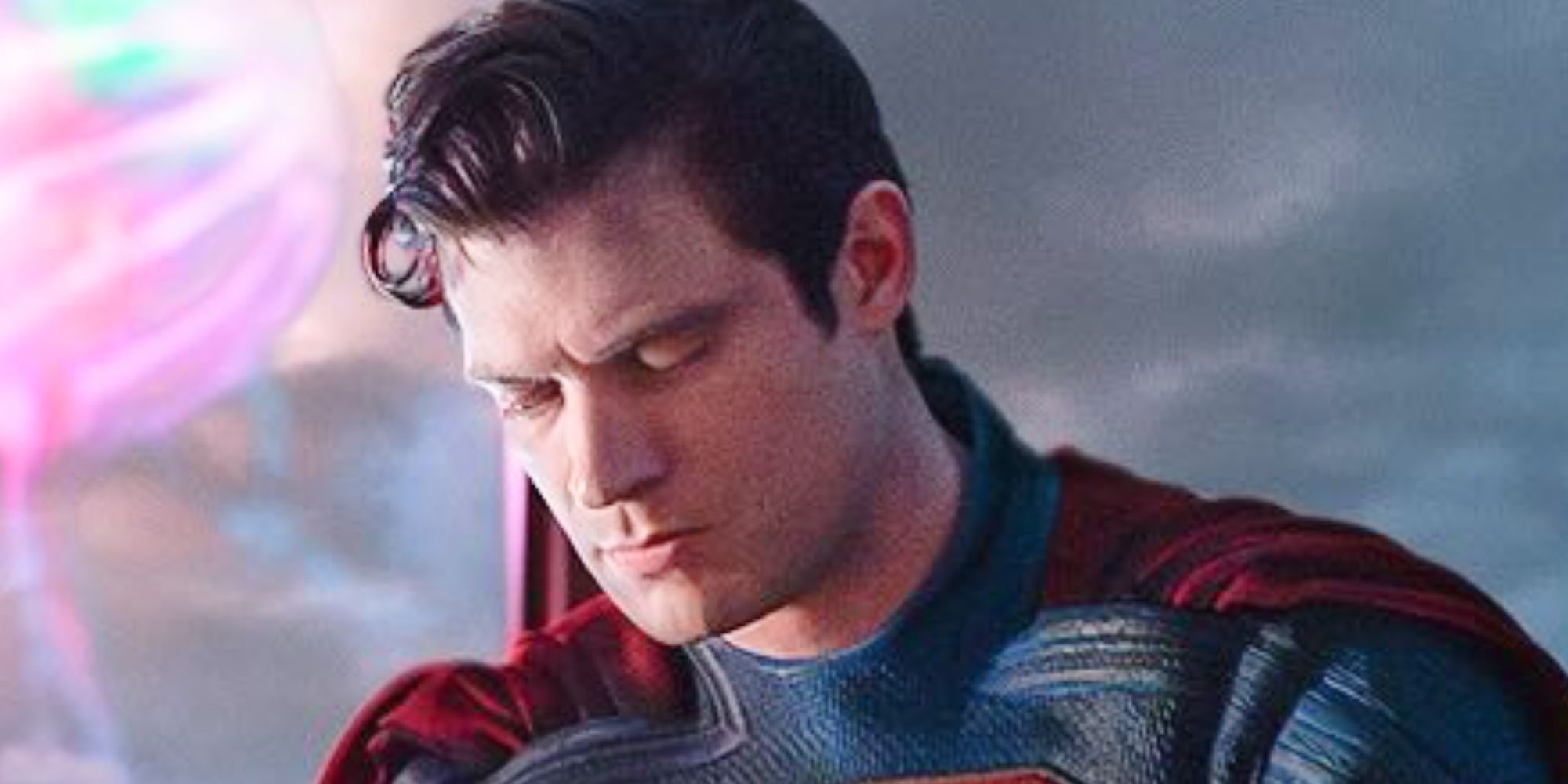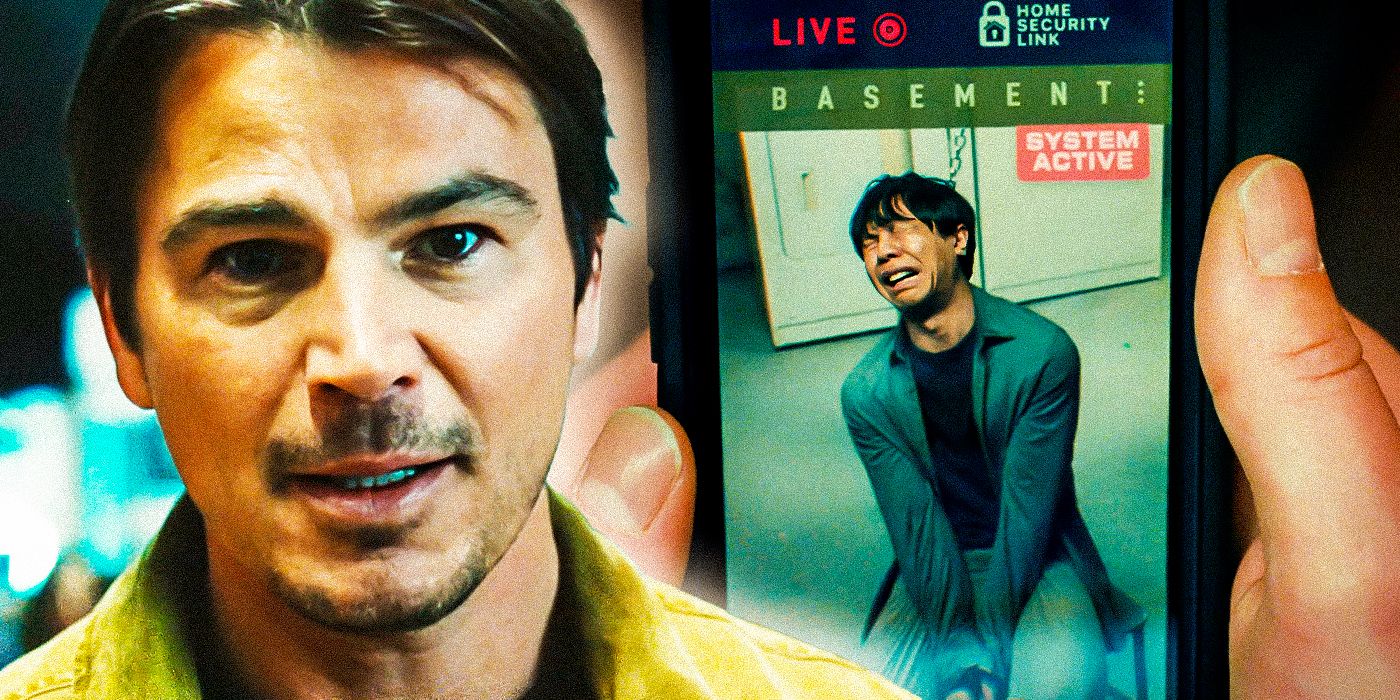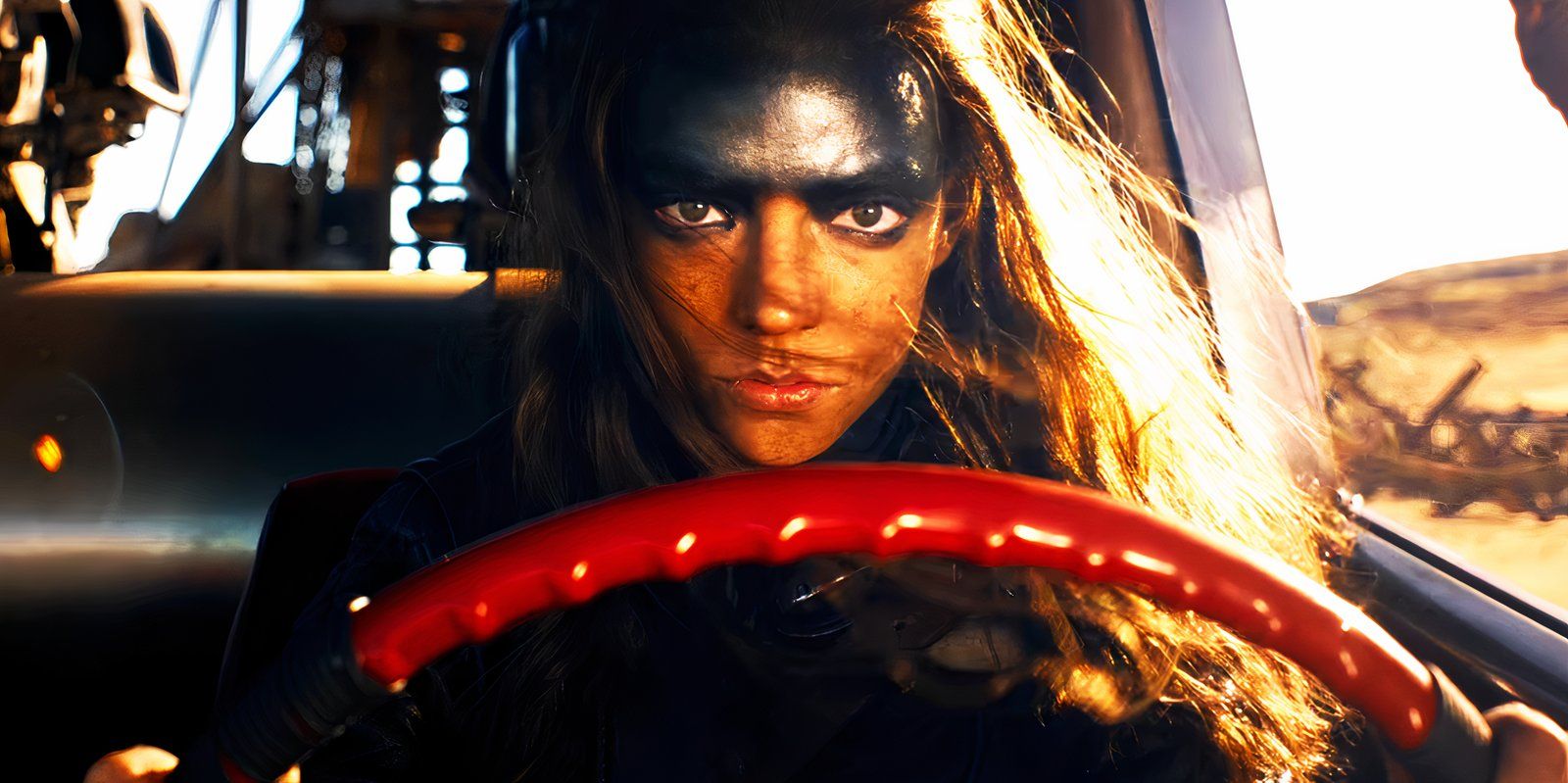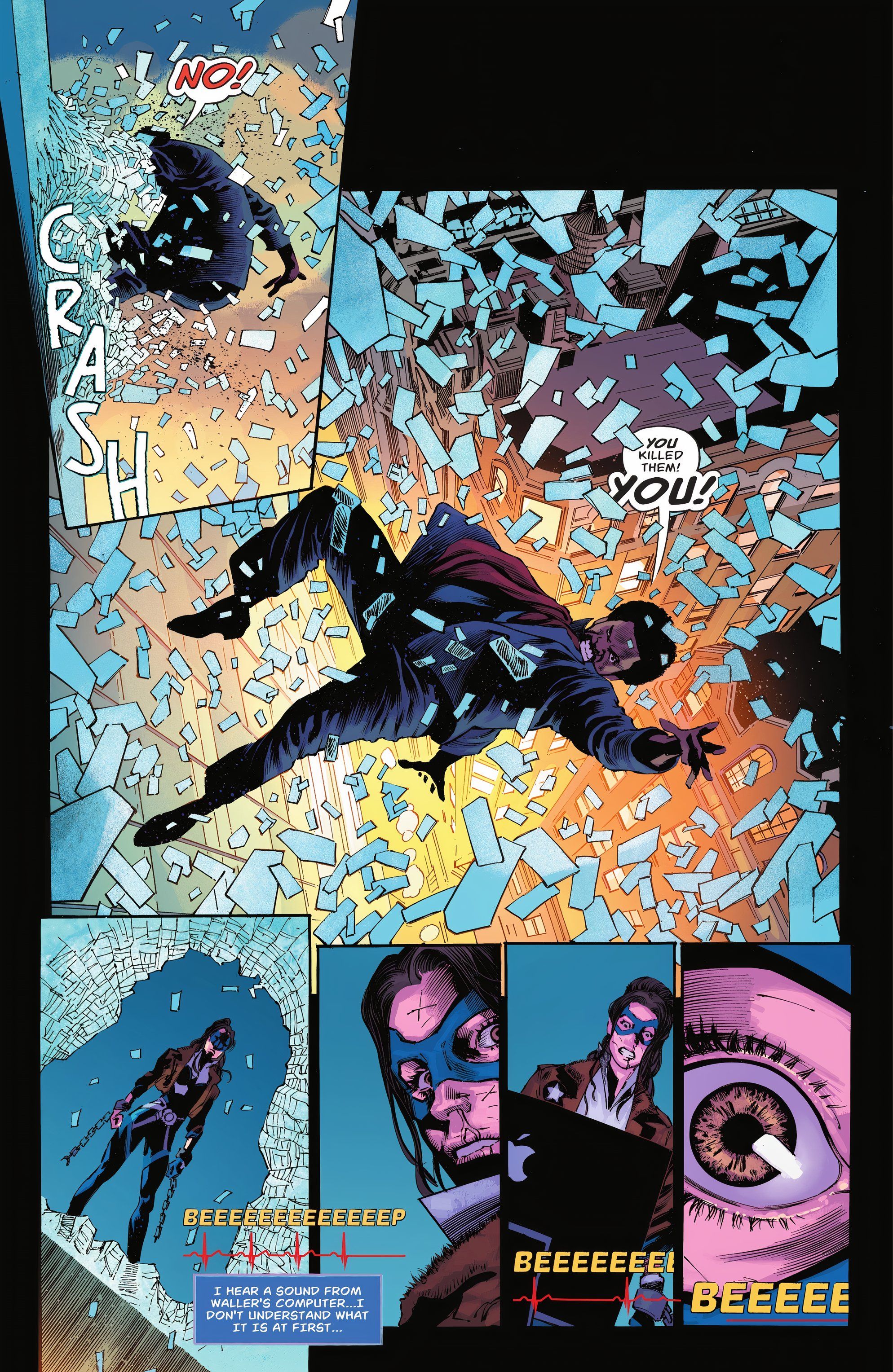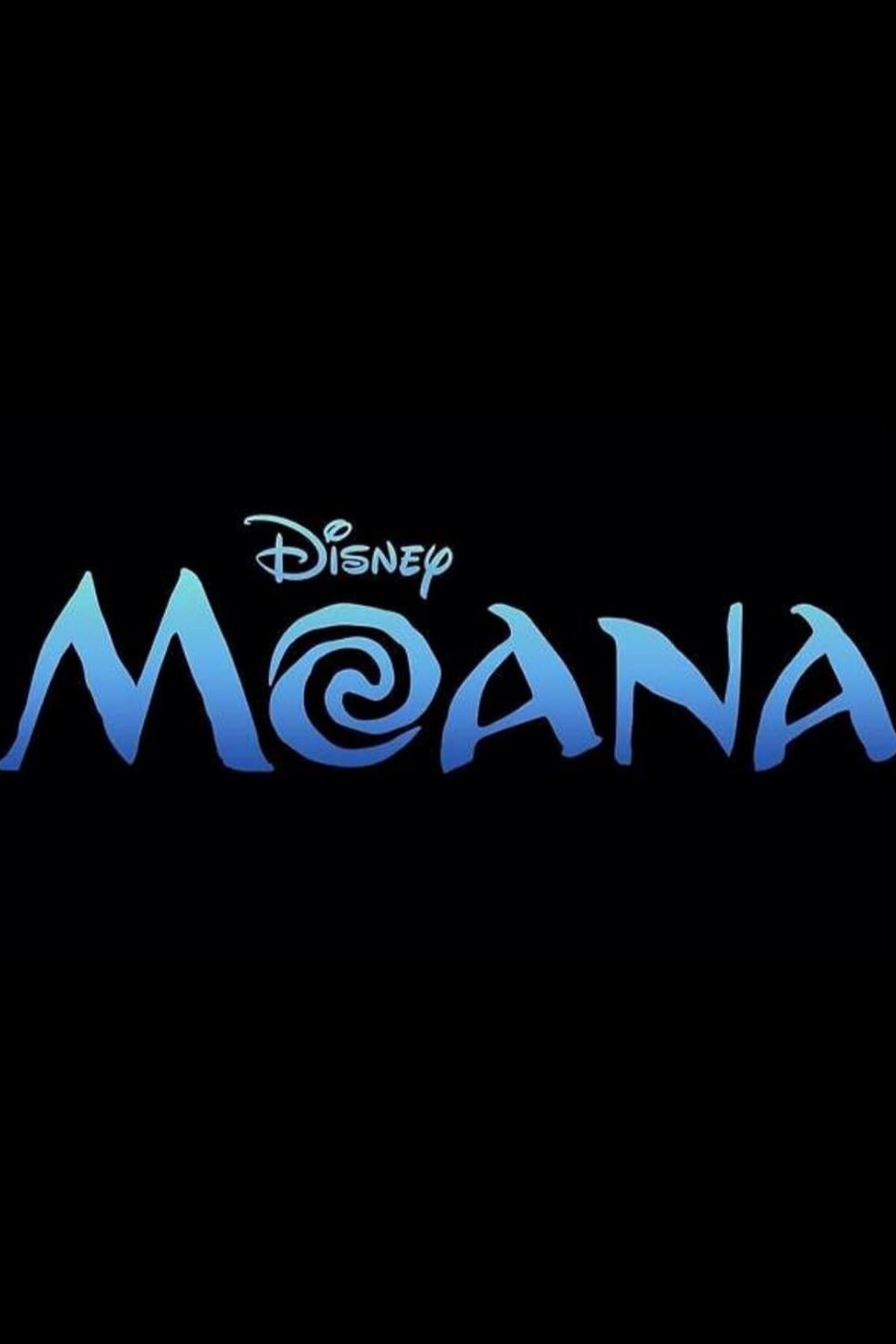Diversity in representation with respect to race and/or gender is a hot discussion topic in film culture right now, whether we’re talking about superhero movies, sci-fi/fantasy franchise such as Star Wars, or really any kind of genre property, for that matter. For example, Mad Max: Fury Road has only just opened in U.S. theaters (at the time of writing this) and already the ‘Net has been flooded with think-pieces analyzing/praising George Miller’s post-apocalyptic action film for its representation of female characters.
It’s not just the presence of women and/or non-white human characters onscreen; demands for greater diversification in terms of talent behind the camera have been just as loud of late too. We’ve broken down before how there’s very much a financial/commercial incentive for studios to heed these calls for improvements in diversity (in the context of superhero film casting). For a different case in point, the sequel Pitch Perfect 2 – a movie with a predominantly female cast that was also written and directed by women – just opened atop the U.S. box office with an estimated $70 million haul.
Walt Disney Animation Studios and Pixar Animation Studios Chief Creative Officer John Lasseter let it be known that Pixar and Disney are heeding such calls, while he spoke with the press following the Cannes Film Festival debut for Pixar’s Inside Out (which is already getting strong reviews). Here’s what Lasseter had to offer, via Variety:
“It’s very important to us … to have female and ethnic characters. It’s grown in importance over time. As you’ll see in future films, we’re really paying attention to that… We have been seeing more and more women, and more and more people from all over the world starting to work with it. That’s exciting. I think it will get reflected in the characters.”
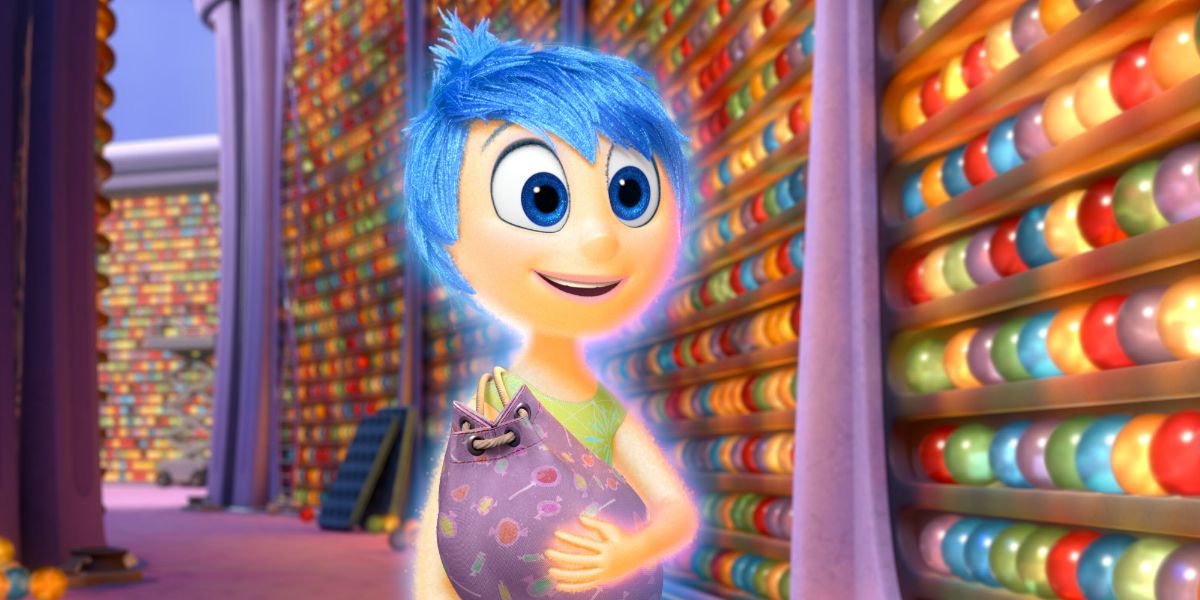
Lasseter’s not just spouting a hollow PR message here, either, as we’ve also seen evidence that Pixar is taking steps to not just improve diversity in its storytelling, but also its personnel. For example, Inside Out feature multiple female protagonists and was co-written by relative newcomer Megan LeFauve; The Good Dinosaur, Pixar’s Fall 2015 release, is being directed by Peter Sohn, the first Korean/American director to helm one of the studio’s films; and the upcoming Toy Story 4 (which Lasseter is directing) will be co-written by actor/screenwriter Rashida Jones – and Lasseter has provided assurances that the movie will have a “strong female voice” too.
Elsewhere, Disney Animation Studios has two films due to arrive in 2016, Zootopia and Moana – the latter of which shall feature the studio’s first Polynesian princess character and Dwayne Johnson voicing her demigod side-kick. Lasseter briefly discussed that project, when asked if Disney/Pixar has any plans to release a feature with a black protagonist in the near future:
“[‘Moana’ is] pretty spectacular. I guess most people think of fairy tales as European fairy tales. We’re trying to reach out and find origins of legends all over the world.”
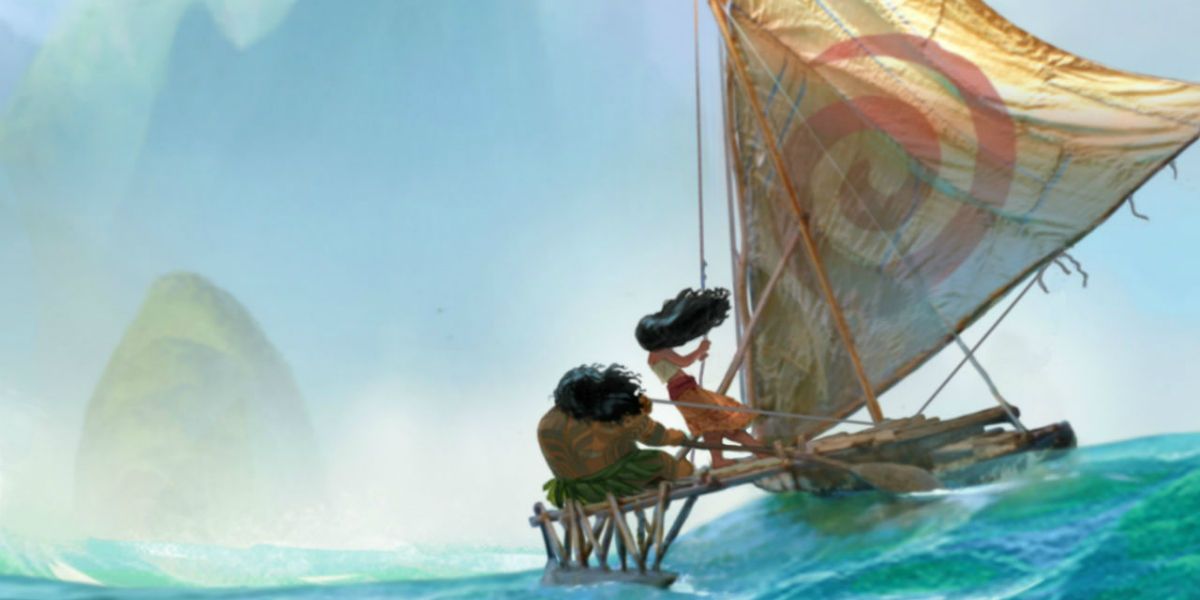
The last Disney Animation release, Big Hero 6, likewise featured a superhero team of mixed ethnicities (with the expectation being that a second installment will happen one day), while a sequel to the studio’s mega-hit animated feature film musical Frozen is in the pipeline – and, like its predecessor, will be co-written/directed by Jennifer Lee. That is to say, the Mouse House and Lasseter are taking steps to improve the company track record when it comes to diversity in both representation as well as the company’s hiring practices – though, that progress is no doubt coming slower than many would (fairly) like.
Similarly, there’s certainly a whole lot of room for additional improvement in that area for Disney and Pixar alike, and it’s fair to say the market demand for improvements in Hollywood’s representation of the world is only going to keep getting stronger in the immediate future. It’s a win-win situation for all involved, though: the studios will be rewarded with greater box office returns and good PR, while the public gets to enjoy films created by a greater variety of talented storytellers (who, ultimately, are the ones who will be hired to craft the studios’ “products”).
The short of it: now it’s up to the general public to keep on pushing for the studio powers to properly follow through with the promised changes.
–
Inside Out opens in U.S. theaters on June 19th, 2015. Moana arrives on November 23rd, 2016.
